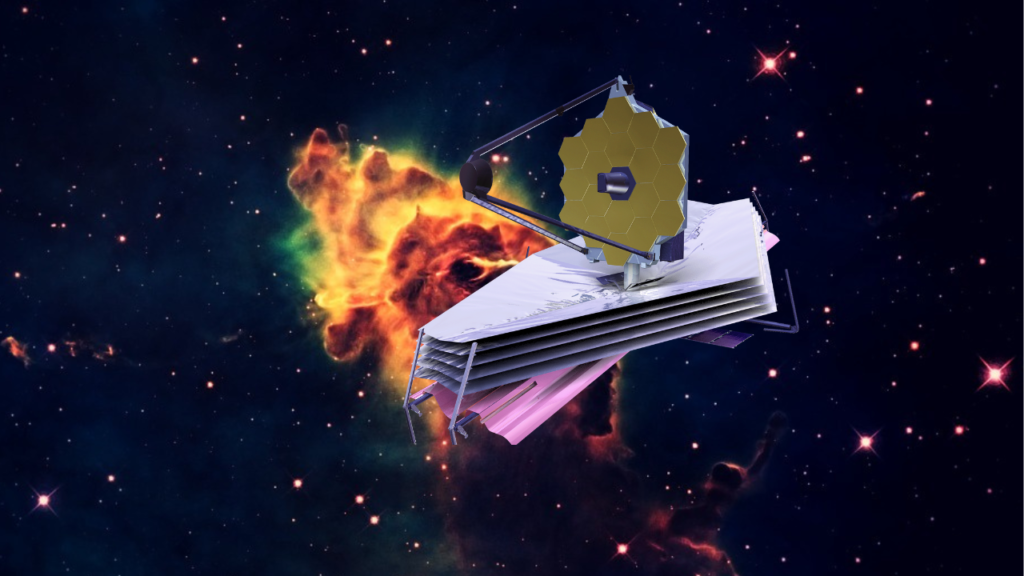Intelsat and Africa Mobile Networks (AMN) are planning additional operations in Madagascar, Rwanda, and the Democratic Republic of Congo. AMN expects to build over 1,340 rural base stations across the three new markets.
Intelsat and Africa Mobile Networks (AMN) have deployed more than 3,000 rural base satellite antennas across several African countries since 2018, thus providing phone and internet services to more than 8 million people.
AMN’s largest network is in Nigeria and now features more than 1,350 sites. With more than 450 sites added since June 2023, the collaboration now provides phone and internet services to more than 3.5 million people in previously unconnected Nigerian communities.
“Through this commitment to bridging the digital divide, we’ve made a significant impact, and we look forward to furthering our mission of connectivity, ensuring that more communities can access the benefits of telecommunication services,” said Jean Philippe Gillet, SVP of Global Sales for Networks and Media at Intelsat. “Together with AMN, we aim to make a lasting difference in Africa’s digital landscape.”
Combining Intelsat’s multi-satellite African coverage with AMN’s solar-powered tower solution means that citizens and businesses in virtually any community can now access the education, social and economic benefits of telecommunication services.
AMN specialises in connecting communities, reducing upfront and ongoing equipment costs while allowing cell services to be extended into areas where it was not economically viable to do so traditionally. Using satellites to provide “backhaul” connectivity to remote cell towers is integral to this business model. The location and terrain of these towers often do not allow backhaul solutions like fibre-optic cable and microwave to be used.
According to AMN CEO, Mike Darcy, “Intelsat is a very important partner to AMN. Our strategic partnership has provided essential telecommunication services to 8 million people across Africa, and we look forward to growing that number over the coming years.”
Credit: Space in Africa



